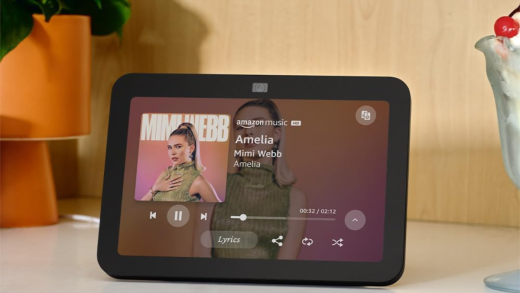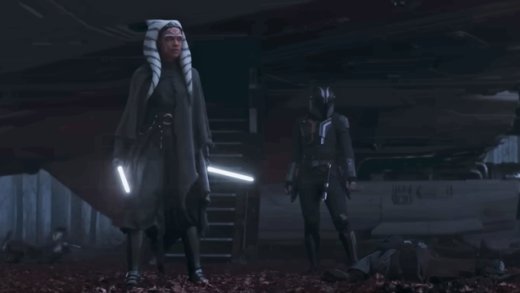by Tara Lazar
December 2022 will forever be known to me as “The Month of YouTube.”
In the afternoons, I’d settle into my comfy blue couch and flip on the Smart TV, which now lives and looms above my fireplace mantle. You can’t escape its Black Mirror pull.
 At first, I watched videos of dog and cat rescues, my own adopted kitty Phoebe purring upon my lap. But then, the algorithm would serve up other items of interest, like tours of available New York City apartments, reviving the search from when our daughter moved this summer.
At first, I watched videos of dog and cat rescues, my own adopted kitty Phoebe purring upon my lap. But then, the algorithm would serve up other items of interest, like tours of available New York City apartments, reviving the search from when our daughter moved this summer.
Cue the artsy stuff. Maybe NYC brought it forth.
I found videos on pottery throwing and watercolor painting, convinced I could do both with aplomb, but I resisted the urge to purchase a wheel and expensive sable brushes, knowing the experts just make it look easy.
Then I discovered a talented man who sculpts curvaceous, realistic animal figures out of wood and epoxy resin while wielding a chainsaw. He even conjured a majestic eagle out of Styrofoam and old bicycle tires (free from any repair shop, as the shop has to pay to recycle them).
Turning wood on a lathe also became a favorite watched pastime. (Relaxing in time-lapse!) Creators even epoxy colored pencils together to turn the whole kit and caboodle into kaleidoscopic jars and bowls that have leaped onto my wish list.
I’m a fan of mid-century modern design, so furniture restoration videos surfaced. I got a thrill when a battered Lane Acclaim coffee table was purchased at a thrift store for a few dollars, then repaired and refinished into the iconic 1960’s masterpiece it once was.
Thrifting finds is what perhaps led to the treasure-hunting videos. I located a rock hound who filmed the “green sand beach” in Hawaii. The sand is actually tiny gemstones, green peridot, that have eroded from the lava rock and compressed ash surrounding the beach in horizontal striations. Perfect geological conditions formed this fascinating phenomenon.

Photo via @viespinoza Instagram
All the way across the globe, in Scotland, a British mother-daughter team of mudlarks visited a similar beach where red garnets dot the black lava granules. The beach, however, isn’t red sand, for the gemstones are less plentiful and much more evasive. You slide your hand along the top layer of dark stones to spot a tiny crimson glint.
I know what you’re thinking—“what’s a mudlark?” I thought the same, so I visited their channel, Northern Mudlarks, to find out.
Back in the 18th, 19th and early 20th centuries, mudlarks scavenged for items of value to resell. These items were embedded along the muddy banks of the River Thames, detritus buried from garbage dumped into the water. Mudlarking was an occupation for the poor and destitute, often orphans who lived in the streets and scrambled into the water whenever a passerby tossed a coin to tease them.
If your face is all screwed up in disgust, I beg you to reconsider. In modern times, mudlarks are amateur historians. The foreshore holds onto a plethora of secrets mudlarks unearth.
In Scotland, not only do mudlarks ramble along river banks, but they roam former bottle dumps that have grown decades of forests atop them, covering pressed glass and spongeware pottery with verdant landscape. With a few scoops of a shovel and a scrape of trowel, cobalt blue poison bottles featuring molded bands and the warning “not to be taken” reveal themselves. Heavy ceramic marmalade jars roll into view along with embossed bottles disclosing names of defunct Victorian companies who peddled strange elixirs and medicinal tinctures lost to time (and scientific sensibility). Metal jewelry like Albert chains, watch bezels, dress clips, brass rings and sterling silver Chatelaines mix within the mud and glass.
But my favorite mudlark find? No, not the gold sovereign. Frozen Charlottes!

Photo via Northern Mudlarks

Photo via Northern Mudlarks
Frozen Charlottes were small, inexpensive bisque porcelain dolls, molded in one piece, without articulated, movable limbs—sometimes referred to as “penny dolls” or “pudding dolls”. (“Penny dolls” because of their modest cost; “pudding dolls” because they were baked into the Christmas pudding as a holiday treat to “unwrap”.)
They are truly the “needle in the haystack” discovery, some no bigger than a pinky finger. Occasionally a Frozen Charlotte still displays glazed pink cheeks, ruby lips, and raven hair—a glossed beauty starkly contrasting the dirt and rubble in which she was found.
But why is she named “Frozen Charlotte”? The 1843 poem A Corpse Going to a Ball by Seba Smith reveals the morbid (and yet slightly humorous?) answer.
And thus, “Frozen Charlotte” became my final picture book idea of 2022.
I completed a podcast interview with author Mel Rosenberg a few days ago where he mentioned that he doesn’t believe our conscious minds can fully understand from where we get ideas. I try to explain it like the 1980’s pop hit by The Fixx, “One Thing Leads to Another”.
Or, perhaps, one YouTube leads to another.
Some people are rattled by browsing privacy and online algorithms; I, instead, embrace them. They pique my curiosity, which in turn, leads to surprising discoveries and new story ideas. Instead of digging through decades of dirt, I’m digging through dozens of videos.
Today, idea hunters, press play—and play around.

Tara Lazar is giving away a fiction picture book critique to one lucky Storystorm winner.
You’re eligible to win if you’re a registered Storystorm 2023 participant and you have commented only once below.
Prizes will be distributed at the conclusion of Storystorm.










